Is Baja California Safe? Tips for Travelers
This Mexican peninsula south of the US state of California offers beaches, parties, and a multitude of outdoor activities. But is it dangerous? Here are our tips for safety in Baja California and what to know before you go.
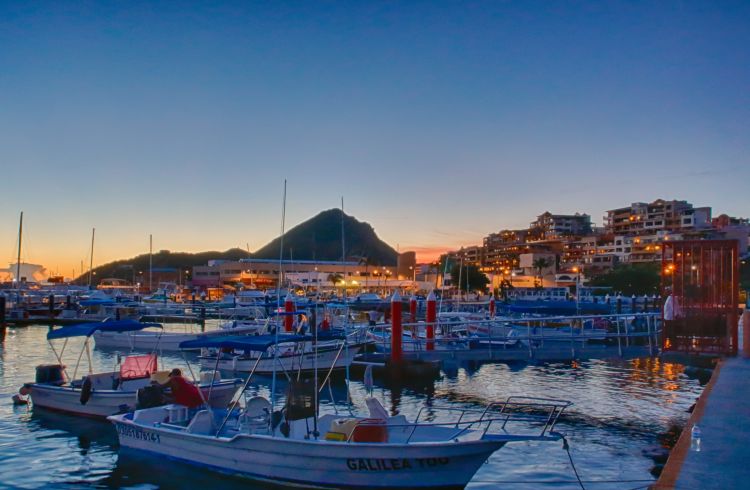 Photo © Getty Images/Sergio Mendoza Hochmann
Photo © Getty Images/Sergio Mendoza Hochmann
The Baja California peninsula in Mexico shares a border with the US state of California and includes two states, Baja California and Baja California Sur. The entire peninsula is often referred to simply as “Baja California” (which translates to “Lower California”) or “Baja Cali” for short. Its northern border, which is the busiest land crossing in the world, is just an hour from downtown San Diego.
I’ve made this crossing numerous times, both on foot and by bicycle, in an attempt to get to know some of the peninsula’s beaches, party towns, deserts, scuba diving spots, and steamy hot springs. I’ve also camped at half a dozen campgrounds, under some of the darkest and most star-spangled skies you can imagine. My most memorable trip to Baja California was to visit friends in Tijuana and Rosarito, with whom I embarked on a week-long roadtrip chasing the whale-watching season in Baja California Sur.
Whether you’re camping and whale watching in Guerrero Negro, scuba diving in La Paz, surfing in Todos Santos, or clubbing in Cabo, here’s what you need to know about staying safe in Baja California, Mexico.
- Safety in Baja California
- La Paz and Cabo San Lucas safety tips
- Getting around Baja California safely
- Hitchhiking in Baja California
- Is Baja California safe for solo female travelers?
Safety in Baja California
The crime rate in the Baja California peninsula varies between its two states and between cites and towns within these states. The US Department of State issues travel advisories specific to each state.
Currently (as of March 2025) Baja California Sur has a level 2 out of 4 rating, which simply encourages travelers to “exercise increased caution” due to crime.
Baja California (the more northern state) currently has a level 3 rating, warning travelers to “reconsider travel due to crime and kidnapping”. The region made international headlines in May 2024, when three foreign tourists were murdered in a carjacking gone wrong on a remote beach near Ensenada.
As harsh and serious as these safety concerns are, it’s worth noting that the more serious crimes and homicides in Baja California are often limited to the non-tourist areas of Tijuana. If you’re sticking to the touristed areas or if you’re heading further south, the risk is significantly smaller.
Aside from some Tijuana-specific safety tips related to transportation scams, drink-spiking, and drug/prostitution-related crime, many of the Baja California safety tips are the same smart measures you’d consider for any destination.
- Stick to tourist areas, well-lit streets, and marked, paid-for campgrounds.
- Avoid walking alone, particularly at night.
- Don’t wear flashy clothing, jewelry, or watches.
- Carry money, phones, and personal belongings in front pockets or in a front-facing fanny pack.
- Be aware of your surroundings and avoid walking around staring at your phone, as looking down or appearing lost can attract the wrong attention.
- Jot down directions and your hotel’s phone number to prevent you from having to stare at your phone, which could get stolen. If it does, you’ll know how to get back to your hotel.
- Only carry what you need, leave additional cash and valuables in your hotel safe.
- Never leave your purse or bag unattended, even for a minute.
- Do not attend parties or gatherings at someone’s home, even if the person inviting you seems friendly.
- Drink in moderation and do not leave your drink unattended.
- Rely on official taxis and rideshares like Uber instead of hailing cabs.
- Fake police officers typically only approach solo travelers. If one approaches you and requests documents, demands you pay a fine, or that you accompany them somewhere – don’t go. Instead, contact emergency services through 911.
La Paz and Cabo San Lucas safety tips
First, let’s define what is generally referred to as “Cabo.” So-called Cabo is made up of the larger Los Cabos area, which includes the resort towns of Cabo San Lucas and San Jose del Cabo, along with the 20-mile Tourist Corridor that stretches along the coastline between the two towns. While Cabo has a reputation for high-end resorts and endless nightlife, La Paz (about two hours north of Cabo) is better known for outdoor adventures like scuba diving and sea kayaking. Both areas are considered safe and consistently hold a level 2 travel advisory (“exercise increased caution”). The biggest concerns here tend to be theft and pickpocketing.
Planning a trip to Mexico? Find out how travel insurance can cover adventure activities, lost or stolen baggage, sudden illness and more.
Getting around Baja California safely
To rent a car anywhere in Mexico (including Baja Cali), you’ll need an International Driving License or a valid driver’s license in a language using the Roman alphabet (like English).
You’ll also need to buy Mexican personal liability insurance in order to drive legally, which some Mexican rental companies sell. Some US credit cards also offer free collision damage waiver car rental insurance to their cardholders, but most Mexican car rental agencies don’t honor it.
If you’re coming across the California border, you could also drive your own vehicle, as many travelers do. The entire Baja California peninsula is within the Mexico Free Zone, so you don’t need to secure a Temporary Vehicle Importation Permit. This way, you can drive from Tijuana all the way down to Cabo, at the tip of Baja California Sur, and back up with no problems. However, even if you drive your own car, you should still take out Mexican car insurance.
If you’re not driving, you can safely rely on Uber within Tijuana, La Paz, and Cabo (it likely won’t get you to smaller and further-out towns). InDrive is a regional rideshare app that can be used in Baja Cali Sur. Another popular option in Baja California (Sur, in particular) is hitchhiking.
Hitchhiking in Baja California
While hitchhiking is not as dangerous as it's rumored to be, it’s been shown that women are more likely to be raped or assaulted than men while hitchhiking (an unfortunate fact that holds true even when hitchhiking is not involved). Because I hitchhiked in Baja California with another female friend, we decided to be extra cautious. While we felt safer together, we knew that two men, or even a single strong man or a man with a weapon, could have easily overpowered us.
To set ourselves up for success, we mostly relied on retired Canadians who we learned are absolutely all over the place in Baja California. They drive their RVs down from Canada to escape the frigid northern winter and make their way to Baja, bouncing between various beaches and campgrounds. When we were unable to find a Canadian RV at one point, we turned down numerous rides from single male truck drivers and groups of men before deciding to join a young couple who had driven down from Tijuana.
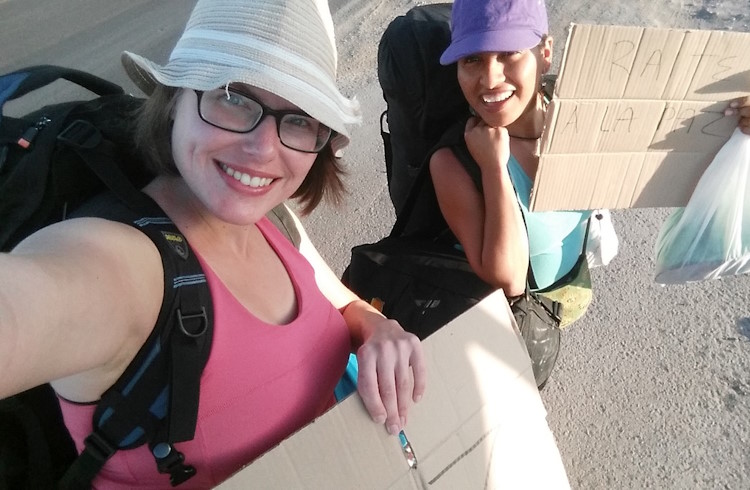
Is Baja California safe for solo female travelers?
Baja California is as safe for female travelers – if not safer – than many other destinations in Mexico and Latin America. Still, women need to exercise more caution than men, so even though there is never any excuse for catcalling, harassment, assault, or rape, it’s in our best interest to take additional steps to avoid unwanted attention and inappropriate behavior.
There is safety in numbers so even if you’re traveling alone, consider sticking close to other groups of travelers, particularly if it’s dark out or you’re in an unfamiliar area. If someone approaches you for money, directions, other types of help, or if they are hitting on you, look for other groups of visitors nearby and pretend to know them. Wave at them, and even if they don’t see you, call to them so the harasser/con artist thinks you’re part of a group, as they don’t like being outnumbered.
While it’s important that men also avoid getting drunk or leaving their drink unattended, women tend to be more targeted in bars. They are more likely to have their drink spiked and to be taken advantage of physically if they become drunk. Unfortunately, not all men can be trusted to behave themselves so minimizing alcohol consumption and always keeping an eye on our drinks – especially when alone – is extremely important when traveling.
Related articles
Simple and flexible travel insurance
You can buy at home or while traveling, and claim online from anywhere in the world. With 150+ adventure activities covered and 24/7 emergency assistance.
Get a quote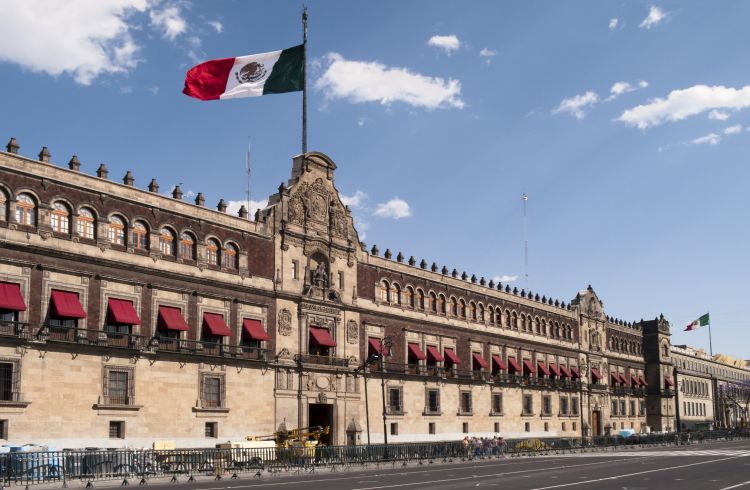
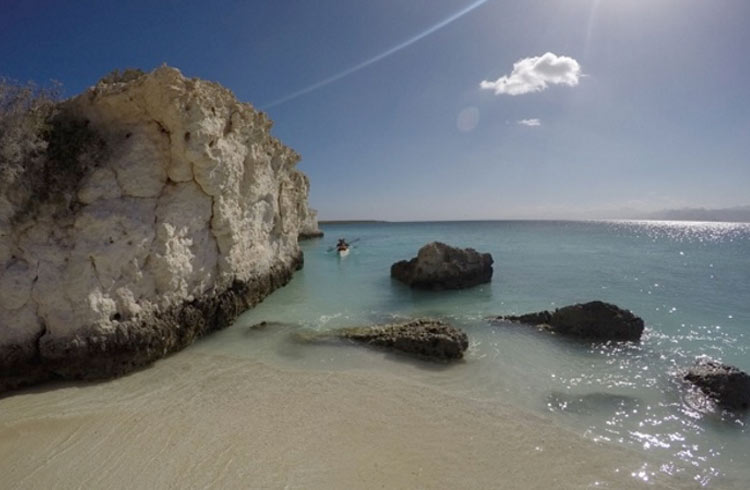
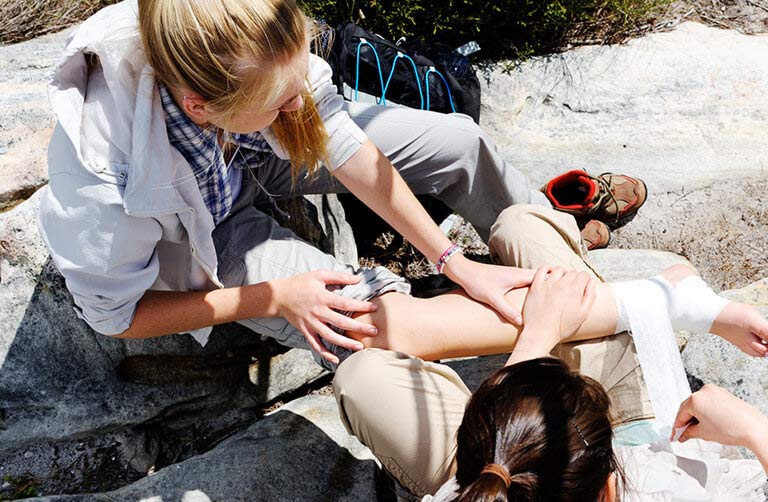
3 Comments
I was ripped off over 400 pesos at the PEMEX station in the corridor just north of the hospital. The attendant is a tricky magician that switches your 200 pesos to 20 pesos when I was paying for the gas. He then argues that I only gave him 20 pesos instead of 200s.
I believe that their gas pumps are rigged to show almost double of the actual price and liters. I worked in petroleum maintenance for many years and I calibrated gas pumps. These appear to be intentionally rigged to rip the customer off. The government needs to check these pumps and fine them for rigging the pumps and cheating the customers.
This was in the corridor San Jose Del Cabo
I find the question of Baja California's safety in 2024 quite relevant for anyone planning to travel there. It's important to get up-to-date information and practical tips to ensure a safe and enjoyable trip. Understanding current safety conditions, local advisories, and precautions can make a big difference in planning a successful visit